Do you often feel embarrassed to show your feet in public due to those unsightly, rough patches of skin? You're not alone! Many people suffer from foot calluses and seek an effective foot callus treatment. In this comprehensive guide, we'll explore what causes calluses, how to prevent them, and various treatment options to achieve smooth and healthy feet. So, let's dive in and get those feet looking fabulous!
What Causes Foot Calluses?
Calluses are thick, hardened layers of skin that develop as a result of constant friction or pressure on the skin. They are most commonly found on the feet, particularly on the heels and balls of the feet. The primary causes of foot calluses include:
- Wearing tight or ill-fitting shoes
- Walking or standing for long periods
- Having an abnormal gait or foot structure
- Participating in activities that put extra pressure on the feet, like running
Prevention is Key
The best foot callus treatment is to prevent them from forming in the first place. Here are some tips to help you avoid developing calluses on your feet:
- Wear well-fitting, comfortable shoes with proper support and cushioning.
- Keep your feet clean and moisturized to prevent dryness and cracking.
- Use cushioned insoles or foot support products to reduce pressure on your feet.
- Rotate your footwear to avoid constant pressure on the same areas of your feet.
Effective Foot Callus Treatments
If you already have foot calluses, don't worry! There are several effective foot callus treatments that can help you achieve smooth, healthy feet. Some of the most popular treatments include:
1. Soaking and Exfoliating
One of the simplest and most effective methods of foot callus treatment is to soak your feet in warm water and then gently exfoliate the callused areas using a pumice stone or foot scrubber. The Foot Scrubber from Efforest is an excellent tool for this purpose, as it not only helps clean your feet effortlessly but also has a built-in pumice stone for removing calluses.
2. Over-the-Counter Callus Removers
There are various over-the-counter callus removal products available, such as creams, gels, and patches that contain salicylic acid. These products help soften the callus, making it easier to remove. However, always follow the instructions carefully and discontinue use if irritation occurs.
3. Professional Pedicures
A professional pedicure can be a relaxing and effective way to remove foot calluses. A skilled technician will carefully remove the callused skin, leaving your feet smooth and soft. Additionally, they can provide valuable advice on proper foot care and product recommendations.
4. See a Podiatrist
If your calluses are severe or causing pain, it's best to consult a podiatrist for professional foot callus treatment. They can safely remove the callus and may recommend custom orthotics or other treatments to prevent future calluses from forming.
The Importance of Proper Foot Care
In addition to foot callus treatments, maintaining good foot hygiene is crucial for keeping your feet healthy and callus-free. Incorporate the following habits into your daily routine:
- Wash your feet daily with soap and water, and don't forget to clean between your toes.
- Keep your toenails trimmed and filed to prevent ingrown toenails.
- Moisturize your feet regularly, especially during the winter months when the air is dry.
- Wear moisture-wicking socks and change them daily to keep your feet dry and odor-free.
- Avoid walking barefoot in public areas, such as locker rooms and pools, to prevent fungal infections.
- Inspect your feet regularly for signs of injury, infection, or other issues that may require attention.
Additional Tips for Callus-Free Feet
Besides following the foot callus treatments and foot care practices mentioned above, here are some additional tips to keep your feet smooth and healthy:
1. Choose the Right Footwear
Opt for shoes made of breathable materials, such as leather or mesh, to allow proper air circulation and prevent moisture buildup. Ensure your shoes have ample cushioning and arch support, and avoid high heels or shoes with pointed toes, which can cause excessive pressure on certain areas of your feet.
2. Stretch Your Feet
Regularly stretch your feet to maintain flexibility and prevent muscle tightness that can contribute to callus formation. Simple stretches, such as pointing and flexing your toes or rolling a tennis ball under your foot, can help keep your feet limber and healthy.
3. Stay Active
Staying active can help improve circulation in your feet, keeping them healthy and less prone to callus formation. Incorporate low-impact exercises, such as walking, swimming, or yoga, into your routine to maintain good foot health.
4. Manage Your Weight
Excess body weight can put additional pressure on your feet, increasing the risk of callus formation. Maintain a healthy weight through a balanced diet and regular exercise to reduce the strain on your feet.
5. Pamper Your Feet
Treat your feet to regular foot baths or massages to relieve stress and tension. You can use Epsom salts, essential oils, or foot soaks specifically designed to soften and rejuvenate your feet. After a long day, elevate your feet to reduce swelling and promote relaxation.
6. Invest in Foot Care Products
There is a wide range of foot care products available that can help you maintain smooth and healthy feet. From moisturizing creams and exfoliating scrubs to specialized tools like the Foot Scrubber, investing in quality products can make a world of difference in your foot care routine.
In conclusion, foot callus treatment is essential to achieve smooth, healthy, and beautiful feet. By incorporating the tips and treatments mentioned in this guide, you can effectively manage and prevent foot calluses, allowing you to confidently show off your feet in sandals or at the beach. Remember, proper foot care is not only about aesthetics but also plays a crucial role in your overall well-being, so don't neglect your feet!
Frequently Asked Questions
How do I permanently get rid of calluses on my feet?
While it's difficult to guarantee permanent removal of calluses, you can minimize their recurrence by following a consistent foot care routine. This includes regularly exfoliating your feet, moisturizing them, wearing comfortable and well-fitted shoes, and addressing any underlying causes, such as foot deformities or gait issues. By taking these preventative measures, you can reduce the likelihood of callus formation and maintain smooth, healthy feet.
Do foot calluses go away?
Foot calluses can go away with proper care and treatment. Exfoliating your feet with a pumice stone or foot file, using moisturizing creams, and addressing the factors causing the callus can help eliminate them. However, if left untreated or if the cause of the callus is not addressed, they may persist or reappear over time.
How do you get rid of a callus ASAP?
To quickly get rid of a callus, you can:
- Soak your feet in warm water for 15-20 minutes to soften the skin.
- Gently exfoliate the callus with a pumice stone or foot file to remove dead skin.
- Apply a moisturizing cream or ointment containing urea or salicylic acid to help soften and break down the callus.
- Protect the area with a non-medicated pad or cushion to reduce pressure and friction.
Keep in mind that this approach may provide temporary relief, and it's essential to address the underlying cause of the callus to prevent recurrence.
What does a callus look like?
A callus is a thick, hardened area of skin that develops due to repeated friction, pressure, or irritation. Calluses are typically yellowish or grayish in color and may appear dry, rough, or flaky. They can form on any part of the body but are most common on the feet, particularly on the heels, balls of the feet, and sides of the toes. While calluses are generally painless, they can become uncomfortable or painful if they become too thick or are subjected to continuous pressure.
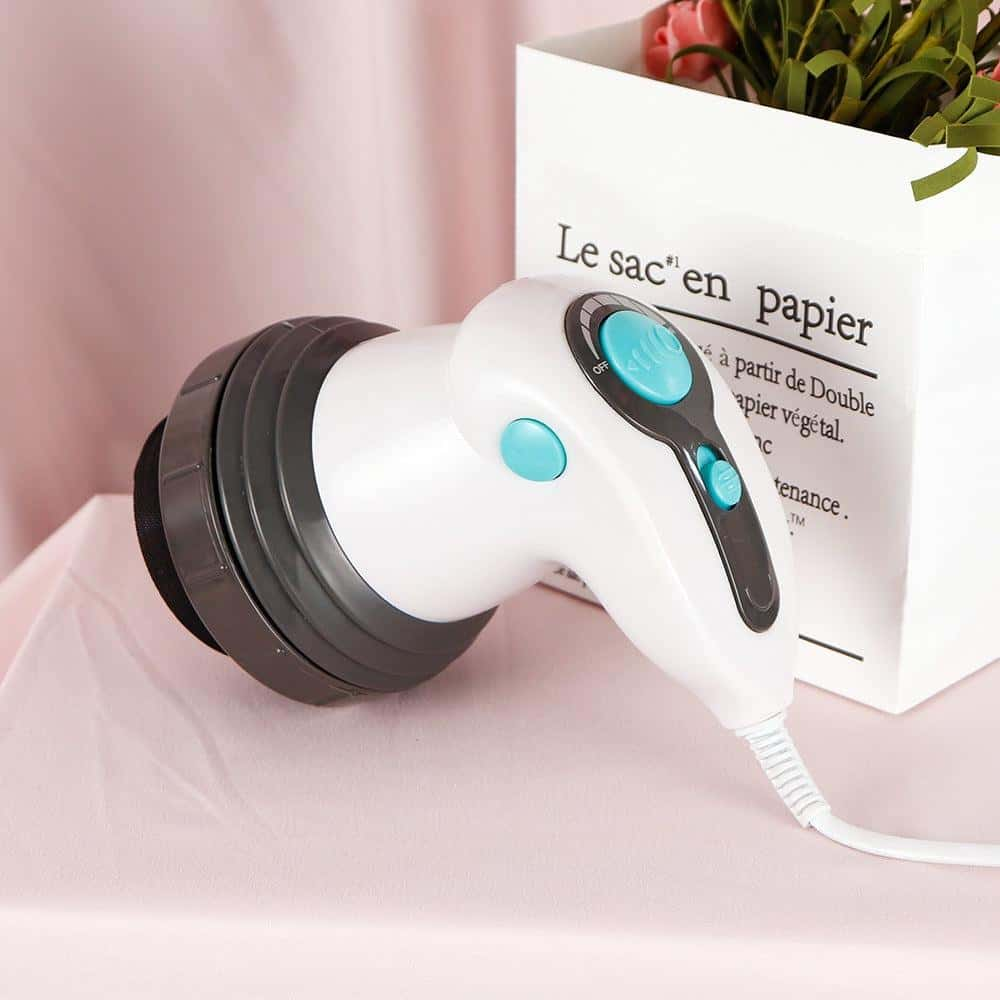



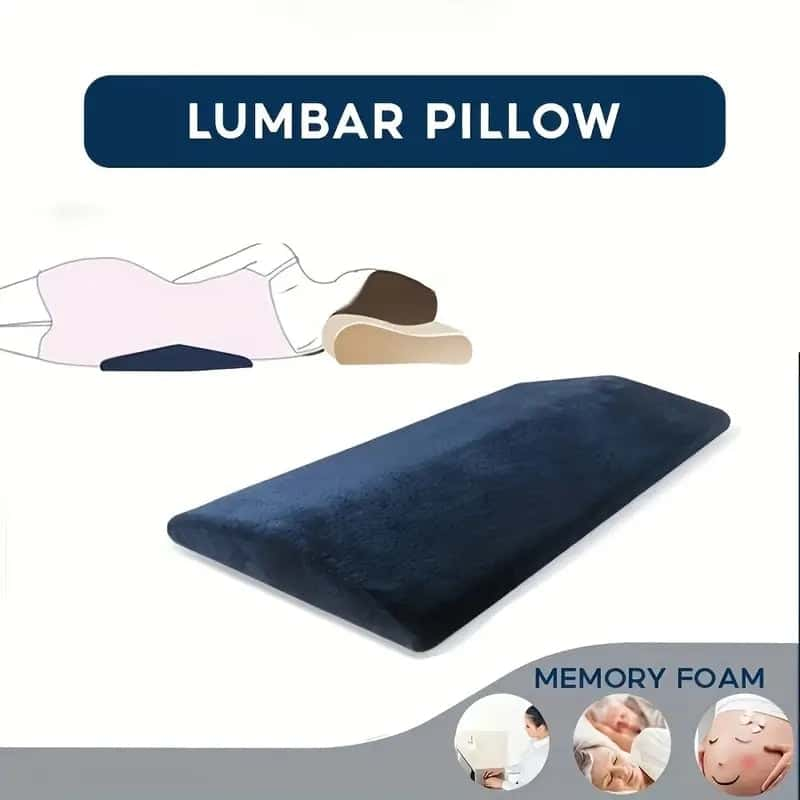







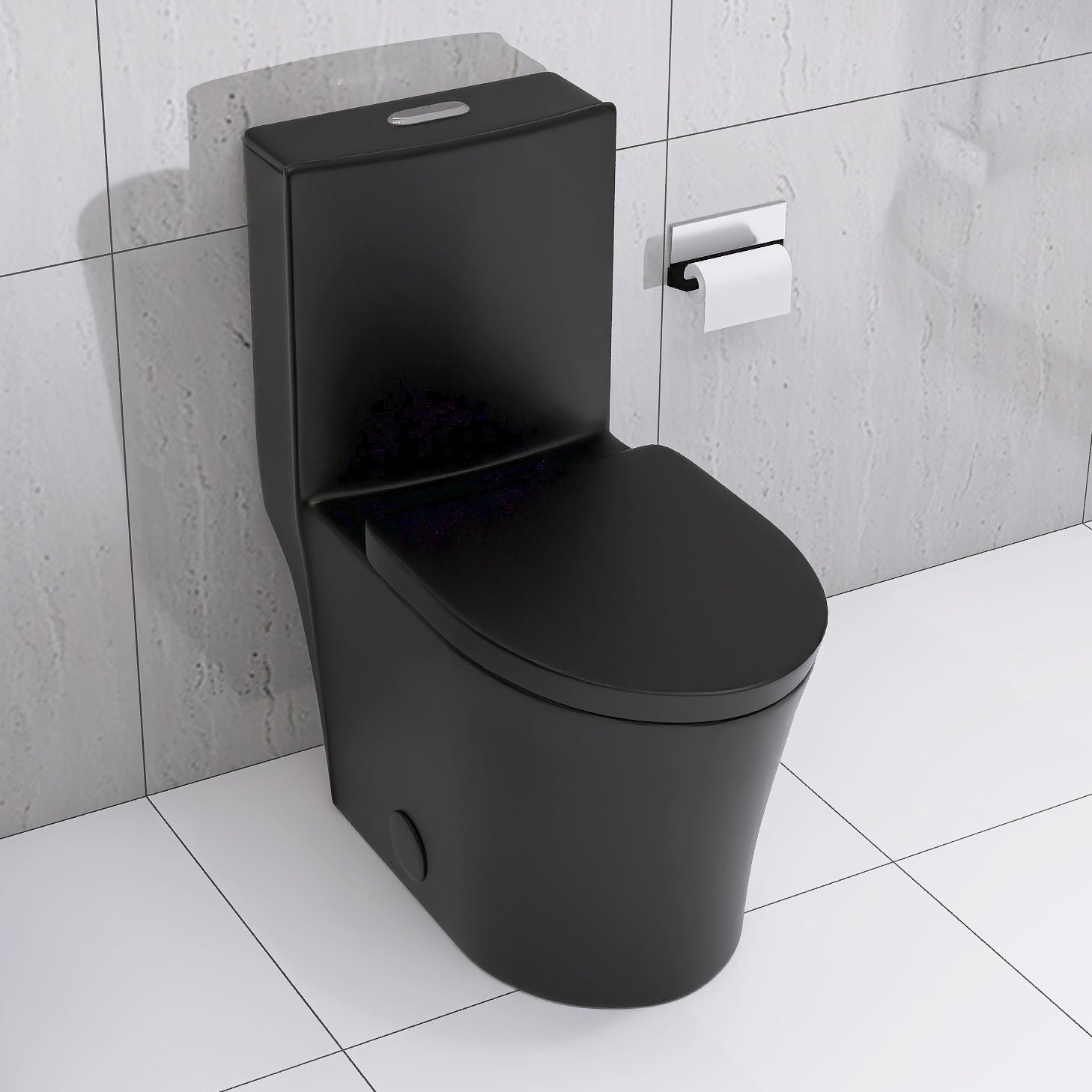
























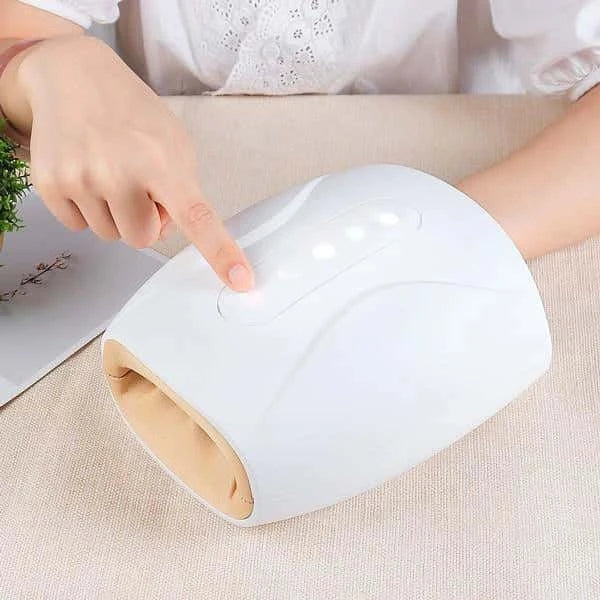











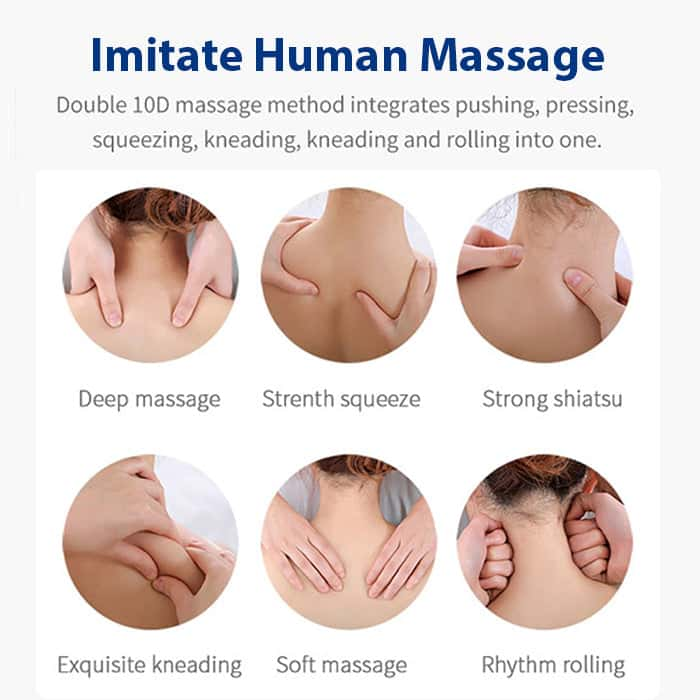







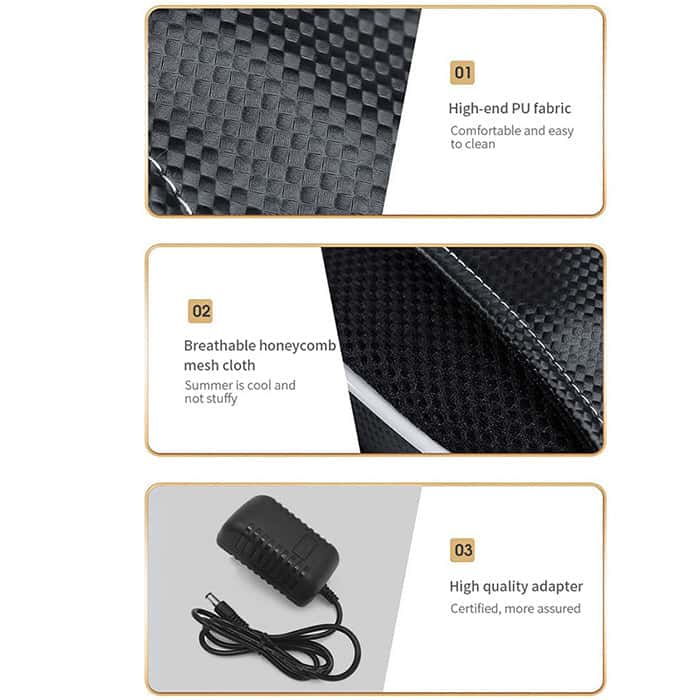



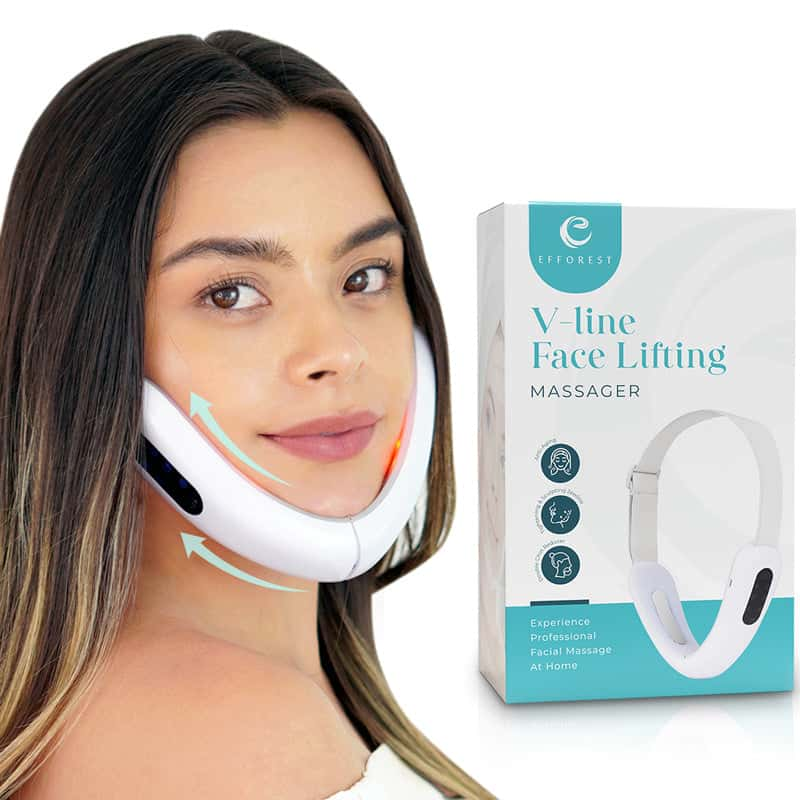









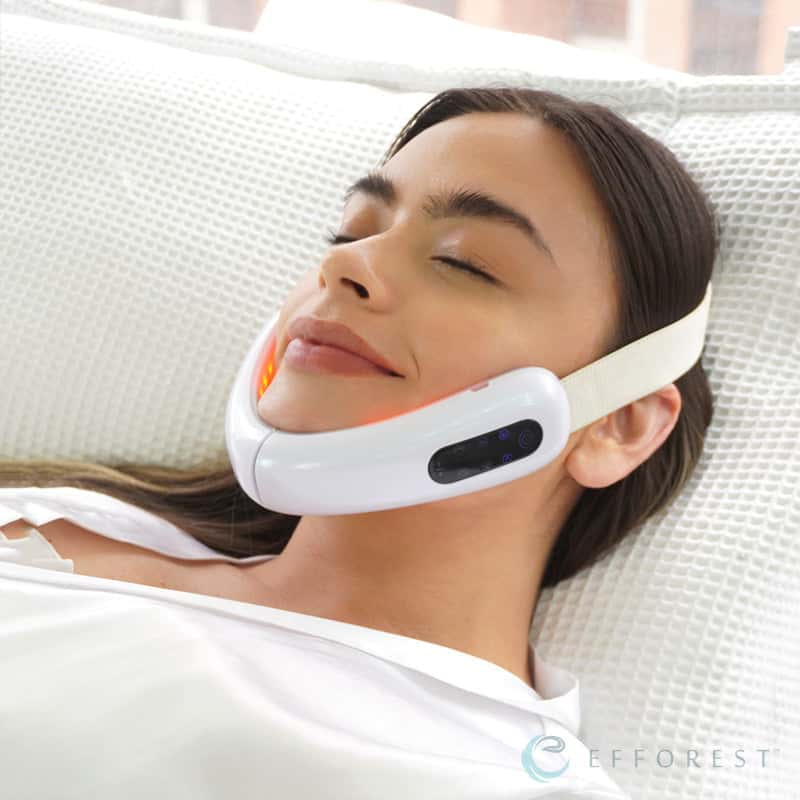












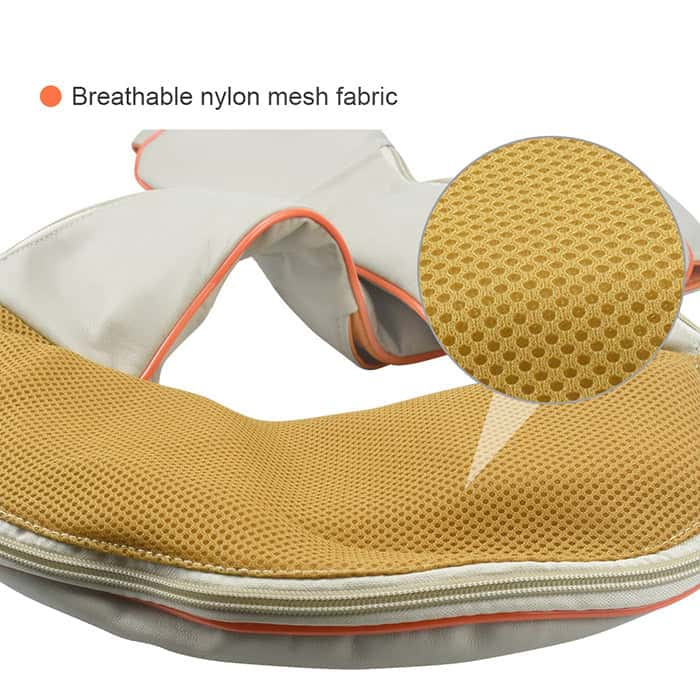












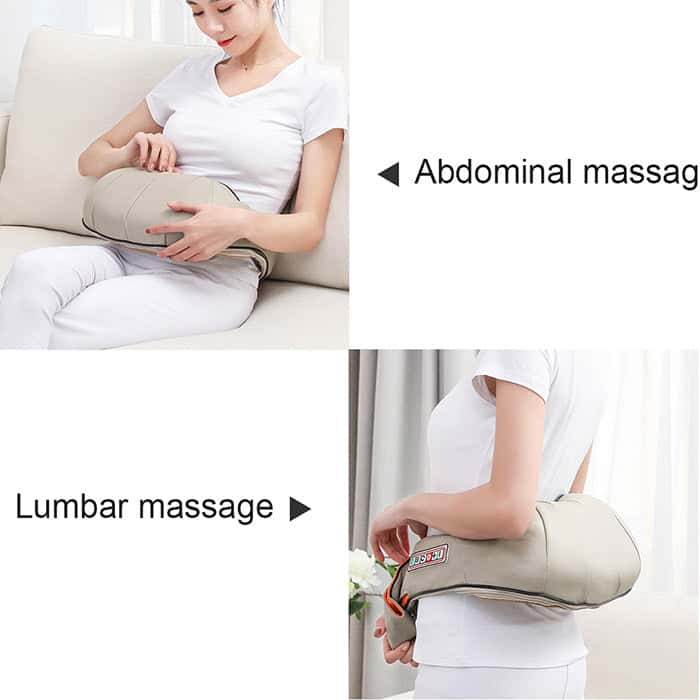















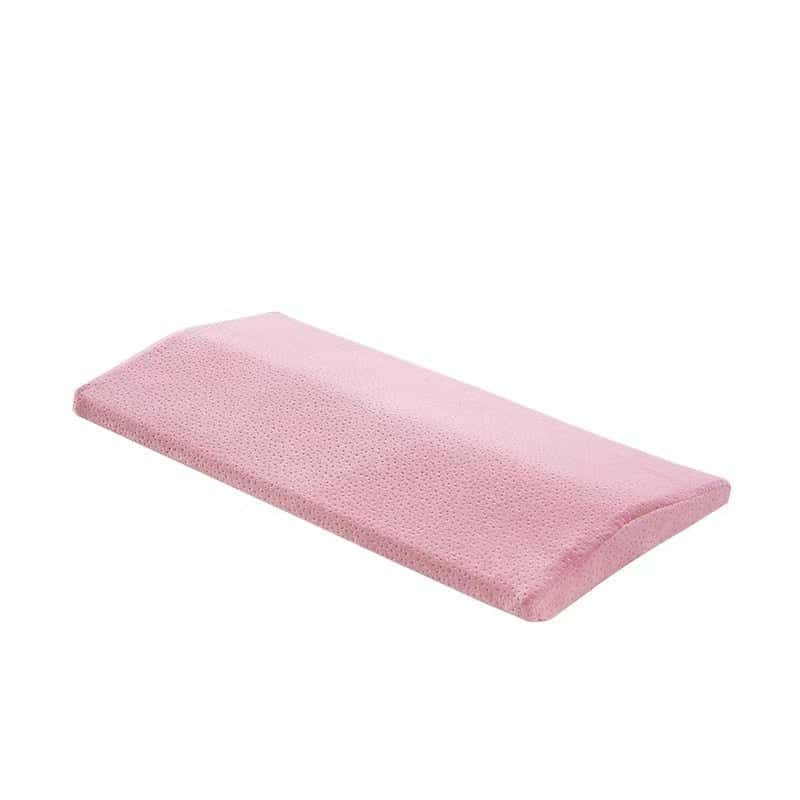






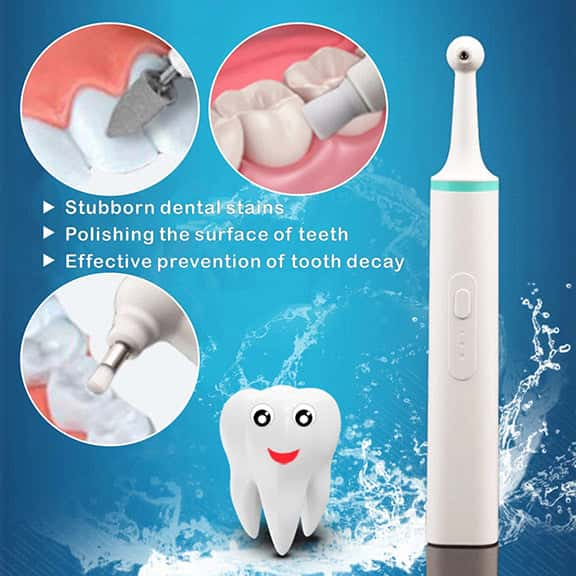

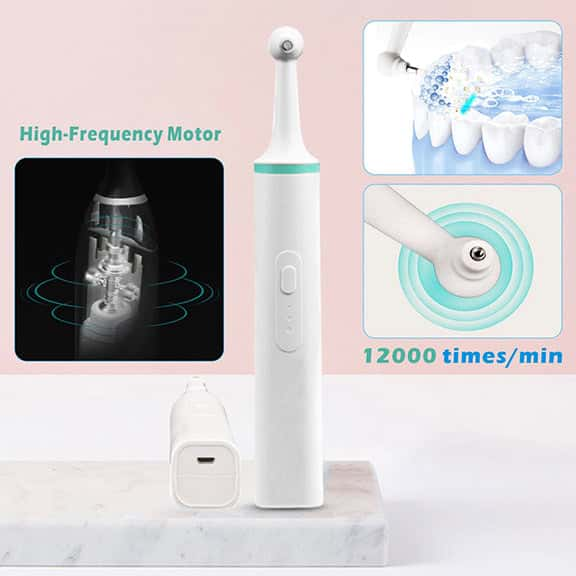





















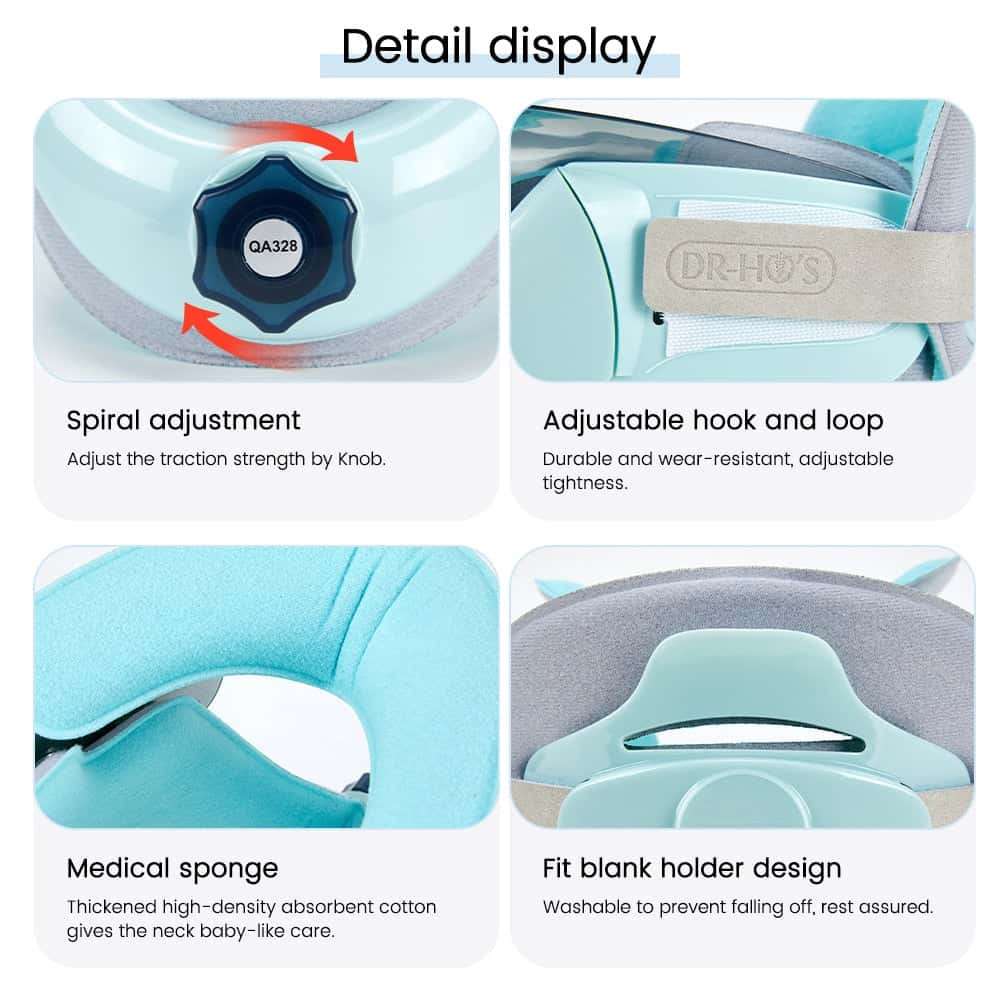








Share and get 15% off!
Simply share this product on one of the following social networks and you will unlock 15% off!